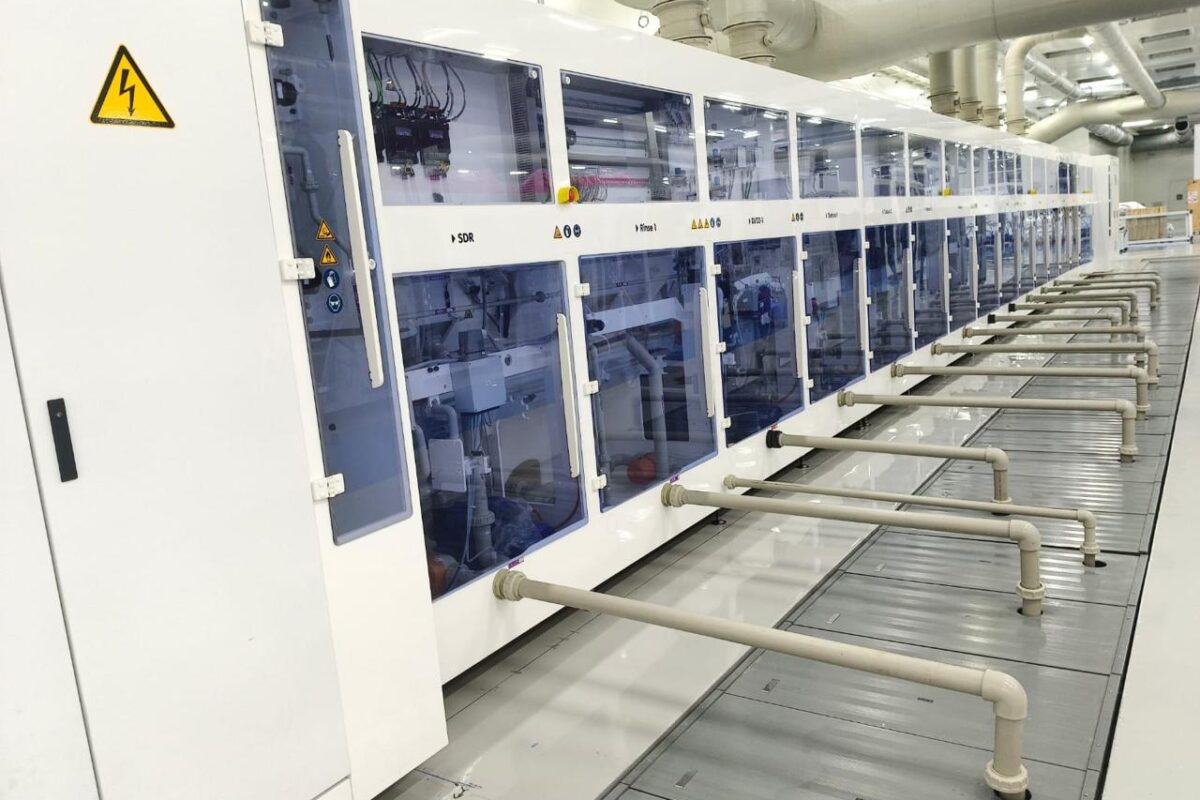Dalmia Cement (Bharat) Limited, India’s leading cement manufacturer and a subsidiary of Dalmia Bharat Limited, has expanded its ground-mounted solar power plant capacity from 2.4 MW in 2014 to 17.1 MW with the addition of another 14.7 MW.
Spread over 49 acres, the solar power plant is set to generate 25.52 million units of electricity per annum, which shall be utilized to power Dalmia Cement’s Kapilas Cement Manufacturing Works (KCMW) in Odisha.
Furthering Dalmia Cement (Bharat) Limited’s sustainability goal of becoming carbon negative by 2040, this initiative will enhance the plant’s energy efficiencies. The 17.1 MW plant will allow the KCMW Cuttack plant to reduce its day-time power dependency on fossil fuels by over 40% and replace it with a clean, emissions-free, and renewable energy source.
“As one of India’s leading cement companies, we remain committed to responsible environmental stewardship by providing green building solutions and embedding sustainable mechanisms within our organizational value chain,” said Ganesh Jirkuntwar, National Manufacturing Head of Dalmia Cement Bharat Limited.
“We see the solar power plant expansion at our KCMW plant in Cuttack as providing the right impetus for our endeavors to continually adopt the cleanest and most economical fuel. We are confident that this move will help bolster DCBL’s sustainability target of RE100 by 2030 as we march towards taking our overall installed cement capacity to 110 -130 million tonnes by 2031.”
The project was executed in a record time of two and a half months and will reduce conventional power consumption by 27%. Power consumption from the solar plant will ensure seamless production at the KCW, Cuttack plant, especially during emergencies such as preventive maintenance or breakdowns.
Bhavesh Wala, Plant Head at Dalmia Cement (Bharat) Limited, KCMW (Cuttack), said, “By shifting to solar power and other renewable energy sources at our facility, we are progressively reducing our overall carbon footprint while meeting our sustainability commitments and heading towards RE100 by 2030. This will also enable us to meet our capacity expansion plans over the years for which we see a balanced energy mix as a key advantage.”
This content is protected by copyright and may not be reused. If you want to cooperate with us and would like to reuse some of our content, please contact: editors@pv-magazine.com.









49 Acres of (farm..??) land destroyed…??? what a shame.. will someone tell Mr Dalmia/Singhi to install (Dalmia Cement) Concrete Columns and use AgriVoltaics… and not destroy existing or potentially fertile land… forever..???